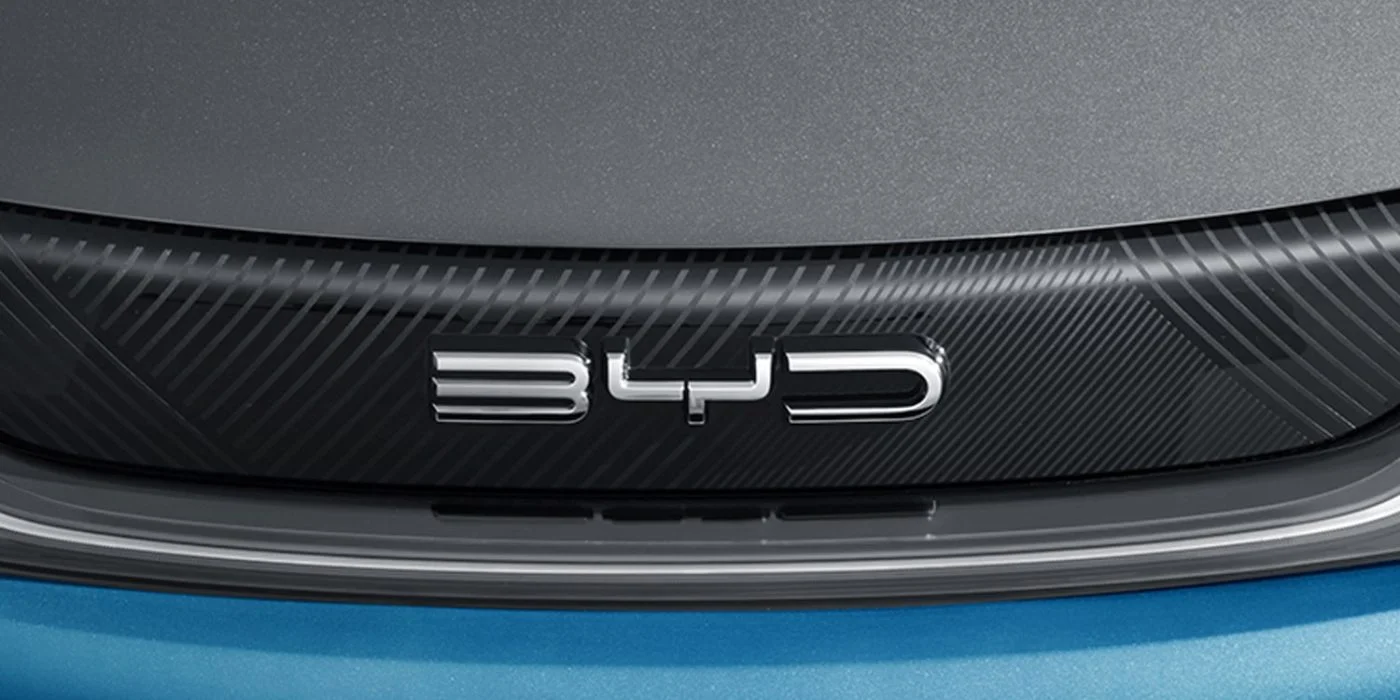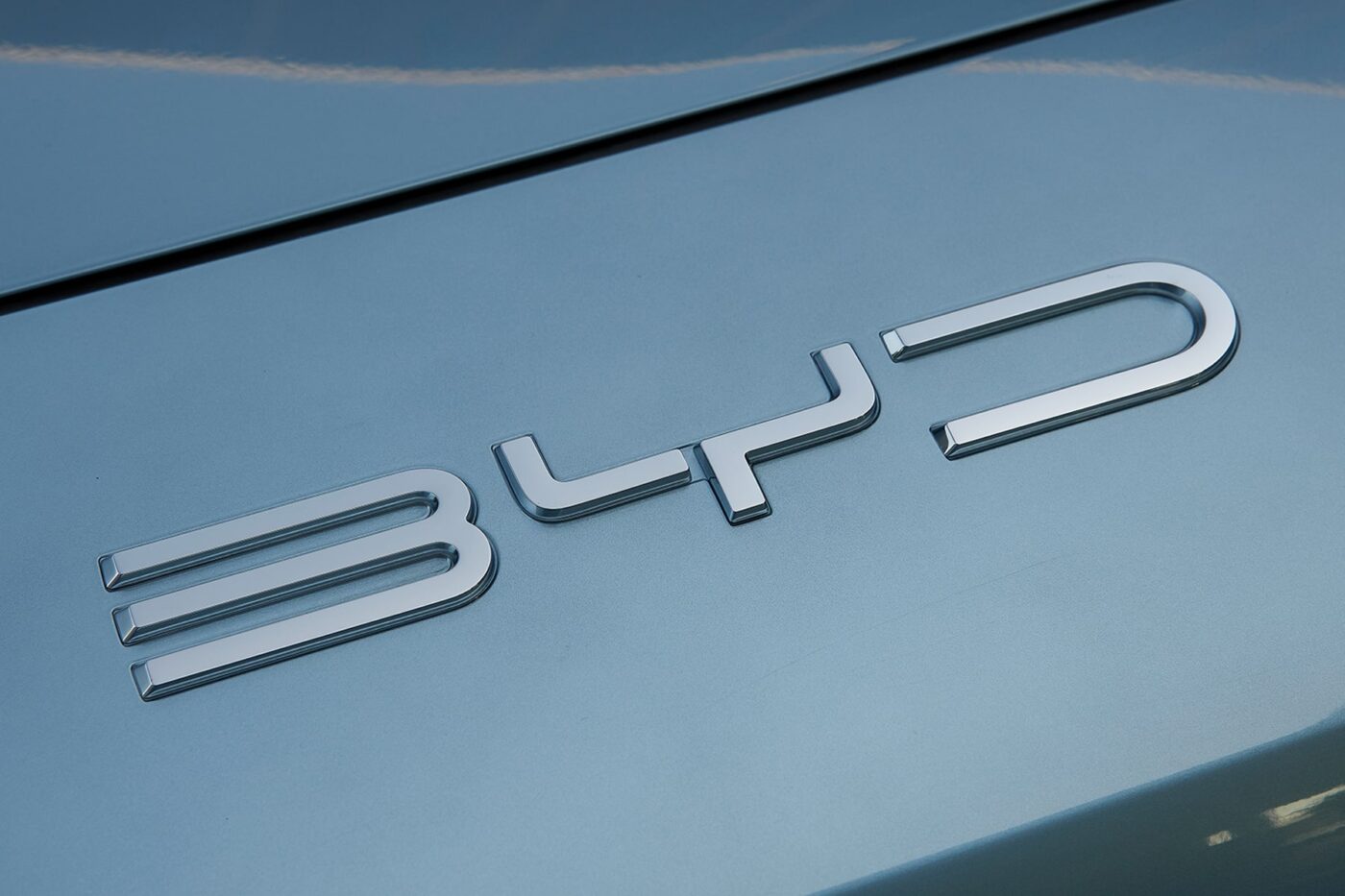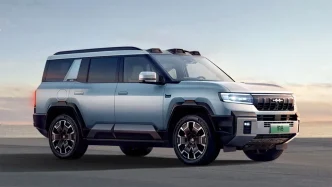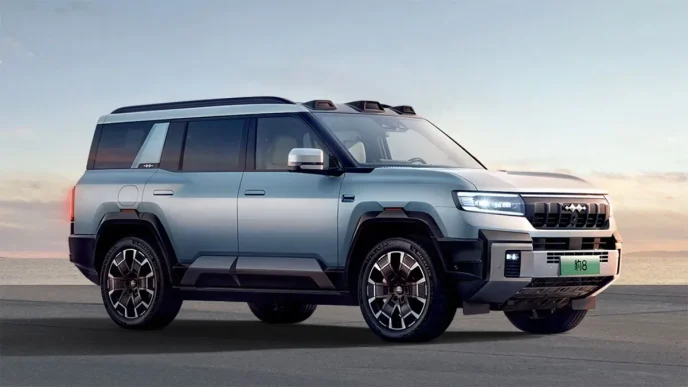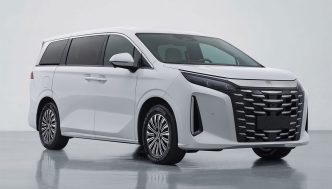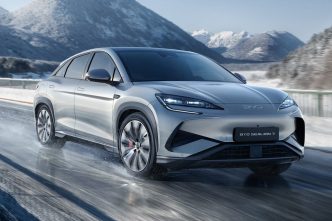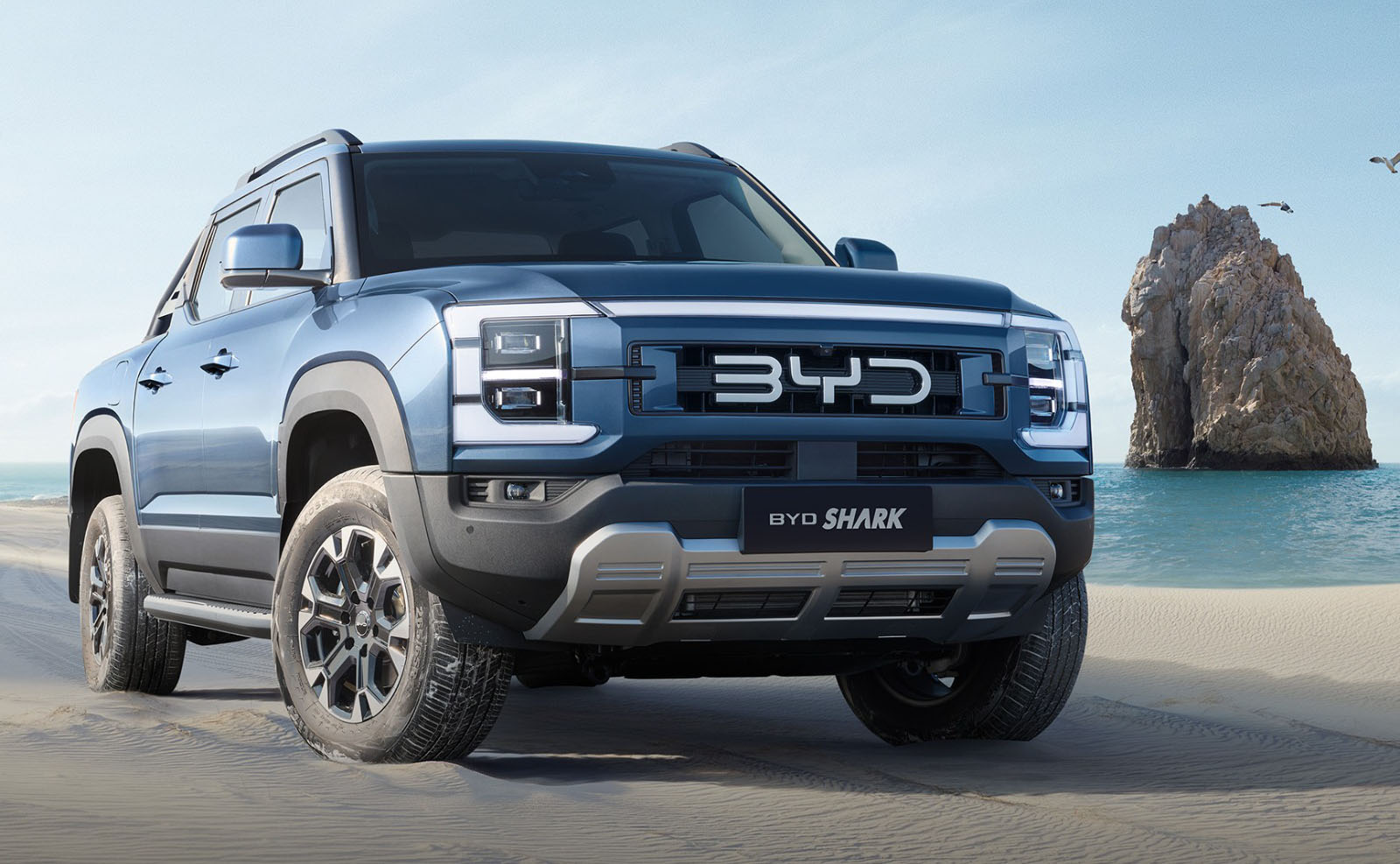BYD has announced its entry into the Tajik passenger car market, furthering its expansion in Central Asia after Uzbekistan. The Chinese new energy vehicle (NEV) manufacturer held a brand launch event in Tajikistan on October 4, where it detailed its strategy for the region.
At the event, BYD introduced four models for the Tajik market, which include two plug-in hybrid electric vehicles (PHEVs), the Song Pro DM-i and Chazor DM-i, as well as two battery electric vehicles (BEVs), the Song Plus EV and e2.
“The Central Asian automotive market is promising and an important part of BYD’s global footprint,” said Ivan Cao, deputy general director of BYD Central Asia LLC. The company intends to partner with local stakeholders to provide products and services.
Tajikistan marks BYD’s second market entry in Central Asia, following the establishment of a manufacturing facility in Uzbekistan, which began vehicle production at the end of June. The initial phase of the Uzbekistan plant is expected to produce up to 50,000 units annually, focusing on the Song Plus DM-i and Chazor DM-i models.
As of September 2024, BYD’s NEV offerings are available in 95 countries and regions globally. The company reported total sales of 419,426 NEVs in September, representing a year-on-year increase of 45.91 percent and a month-on-month increase of 12.42 percent. This total includes 417,603 passenger NEVs and 1,823 commercial vehicles. In overseas markets, BYD sold 33,012 NEVs in September, reflecting a year-on-year increase of 17.74 percent and a month-on-month rise of 4.96 percent.

